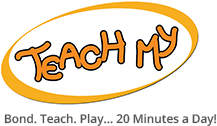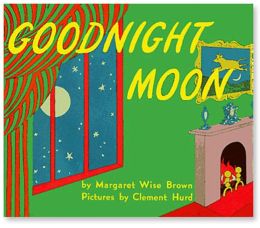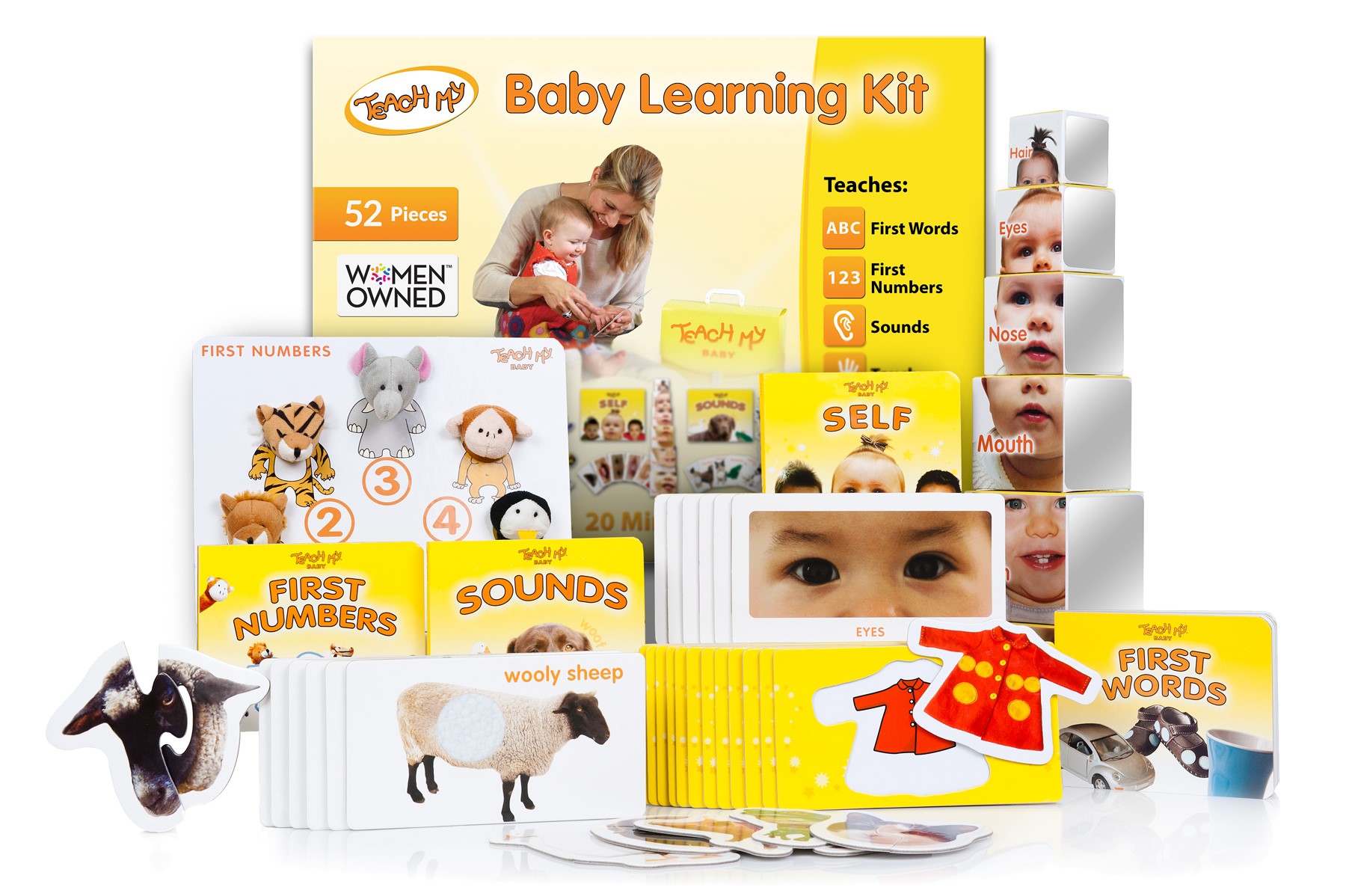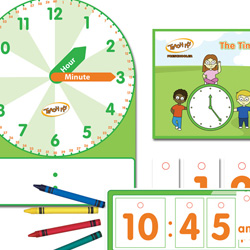Best Books For Babies
Reading to your baby is a great way to promote early reading skills and boost brain development. When choosing, the best books for babies have interesting pictures, simple words and rhyming text. Reading to your baby can promote listening skills, build vocabulary, improve attention span and create a strong bond.
To start your best books for babies library, here are a few of our favorites:
- Goodnight Moon by Margaret Wise Brown
- Pat The Bunny By Dorothy Kunhardt
- The Very Hungry Caterpillar by Eric Carle
- Five Little Monkeys Jumping on the Bed By Eileen Christelow
- Tails by Matthew Van Fleet
- Counting Kisses by Karen Katz
- I Like It When… by Mary Murphy
- Dear Zoo by Rod Campbell
- Tickle, Tickle by Helen Oxenbury
- Guess How Much I Love You by Sam McBratney
Along with your best books for babies library, Teach My Baby, the multi award winning learning kit for babies 6 months+ has 4 board books with simple, clear photographic images. The Teach My Baby kit is divided into four sections to teach babies – First Words, First Numbers, Self and Sound & Touch. Requiring no batteries or DVDs, the kit has an assortment of everything necessary for teaching your baby the basics; nesting blocks, finger puppets, books, textured & mirrored flashcards, a story board, one & two piece puzzles, all in a portable and storable carrying case.










